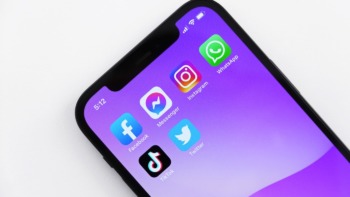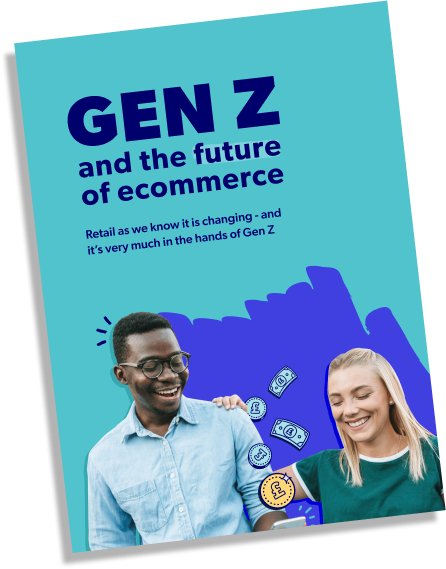TREND 1 Buy now, Pay later
Ask any Gen Z student where and how they shop, and somewhere within their answer they’re likely to say “online”. Indeed, a quarter of UK students say they browse online stores every single day – just 4% say they don’t shop online.
Buy Now, Pay Later (BNPL) will continue to spike in usage and unfortunately see many become reliant on this line of credit.
Danny Denhard, Founder, Focus


I like the ease of Klarna payments. [I like to] try before you buy, and I like ordering things in multiple different sizes to make sure it fits rather than going to a shop, getting home and realising it doesn’t fit, then having to take it back – online sort of cuts out all the drama.
Lucia, 21 years old, United Kingdom
Having lots of ways to browse is nothing new to Gen Z. But having that same flexibility in how – and when – they pay for purchases is a relatively new phenomenon.
Thanks to a sudden influx of Buy Now, Pay Later fintech companies, young people now have the option to pay for pretty much anything they like in instalments. There are prompts at the payment stage for a wide variety of ecommerce brands. As such, 21% of UK-based Gen Z students have used a Buy Now, Pay Later service. This rises to 30% in the US – where, incidentally, student debt is more catastrophic.
Of course, many students view BNPL as a seamless convenience…Read more
I like the ease of Klarna payments.
Lucia – Gen Z graduate from the UK

Gen Z students are largely in agreement with Lucia – they’re more likely to use BNPL for fashion than for any other vertical, although technology comes in at a close second. This in itself gives BNPL massive scope within the ecommerce space. Students could be paying… Read more
The issue? Gen Zs using BNPL can’t always afford to pay later. Out of the 30% of US students who have used a BNPL service, 18% have been late to make a repayment – as have 11% of the UK’s Gen Z BNPL users.
It’s worrying to think of any student dipping into debt – but in the US, where the student debt crisis is a concern for 85% of students, this is even more true.
In the UK, there’s a similarly worrying situation. New research from Citizens Advice shows:
One in three
went on to regret it

On one hand, BNPL brings flexibility. But on the other, it doesn’t look like debt – making it easy for young people to stumble into. BNPL is marketed with similar aesthetics to challenger beauty brands, and ad campaigns slot seamlessly into the platforms that Gen Z are native to – Instagram, for example. And once a student moves further down the funnel, BNPL is as ubiquitous at the checkout as the security padlock.
For BNPL to work for Gen Z students, it needs to be made clearer what they’re getting themselves into. We describe Gen Z students as financially savvy – while this is true in that they have a healthy appetite for deals and discounts, it could be that they aren’t as sure about the finer financial details. 41% of US Gen Zs would describe themselves as ‘confident’ at managing their finances – that leaves 59% who feel that they’re navigating the unknown.
When we asked Gen Z students what they thought about BNPL being targeted towards them
While 33% (US) and 37% (UK) said that it helps young people to afford the things they want or need.
39% (in the US) and 41% (in the UK) said that it encourages young people to get into debt.
BNPL’s future in e-commerce
If BNPL does have a future in e-commerce it will need to be regulated. All facets of digital life – from influencers and dating sites to social media and online shops – have sprung up at a rapid pace, only to attract scrutiny. Buy Now, Pay Later arguably has its place – but it has to help Gen Z, not hinder them.

Additional Resources

Gen Z & The Future of Ecommerce: Mini Report
Find out how Gen Zs will shape the future of ecommerce via this infographic – brought to you by Student…

Ecommerce moments of the week: digital love, perfume brainwaves, and Gen Z-commerce done right
And just like that, we’re back. With a waft of perfume, a chic Scandi outfit and a few candid questions,…

Ecommerce moments of the week: social media takeover
This week, explore how TikTok is helping artists expand their musical capabilities via their platform, and delve into Pinterest’s new…


